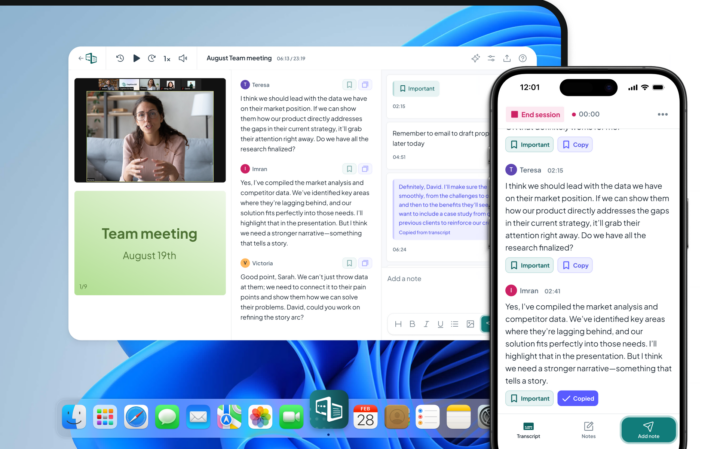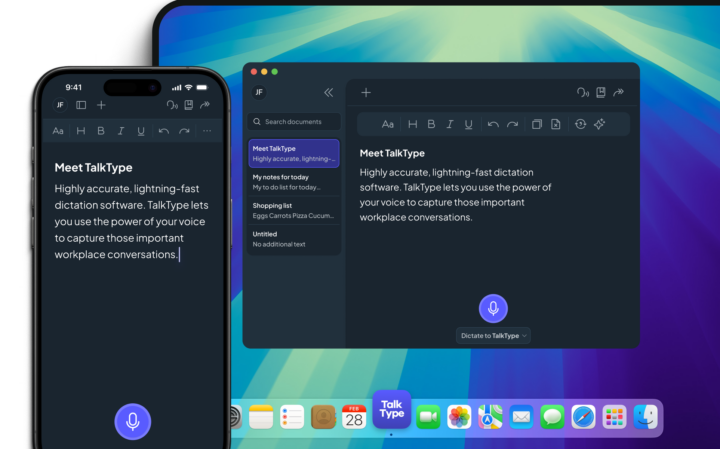How Does Working Memory Relate to Different Types of Neurodiversity?
One of the eleven components of Executive Function, working memory retains and manipulates information over short periods. Neurodivergent people can show marked differences in Executive Function, so it’s important to state that these are differences in brain wiring as opposed to character flaws like lack of effort or intentional disruption.
Let’s take a closer look at how the working memory model impacts different types of neurodivergence.
Working Memory and ADHD
People with ADHD experience a range of issues which include difficulties with focus and attention, impulsivity, and hyperactivity. Working memory impairments can play a role in their ability to retain and recall short-term information. Emotional dysregulation is also a common experience and working memory plays a role in this process.
Affecting around 5% of the adult population, ADHD can lead individuals to reach a point of meltdown where their emotions explode like a volcano. Working Memory can impact this process in students by causing frustration, embarrassment, and self-esteem from a lack of proper abilities in planning, organisation, time management, and task prioritisation.
Working Memory and Autism
Evidence suggests potential differences in working memory for people on the autistic spectrum. In a large number, a working memory deficit can impact language development, verbal skills, visual data interpretation, and visual recall.
A study revealed 30 children out of 33 with ASD performed below the average in either cognitive or language measures. Plus, 24 children were low performers. This might suggest that working memory in people with ASD can impair non-verbal IQ, visual memory, and language measures like syntactic production.
Working Memory and Dyslexia
It’s common for people with dyslexia to experience weaknesses across the working memory model. As children, when undiagnosed, this can lead to misunderstandings and incorrect assumptions about intelligence levels.
A meta-analysis of children with and without dyslexia suggested verbal working memory is strongly related to reading abilities in children. Plus, the relationship between working memory and word recognition appeared stronger over working memory and nonword reading. This may suggest a strong correlation between working memory functioning and fluency in reading and decoding.




